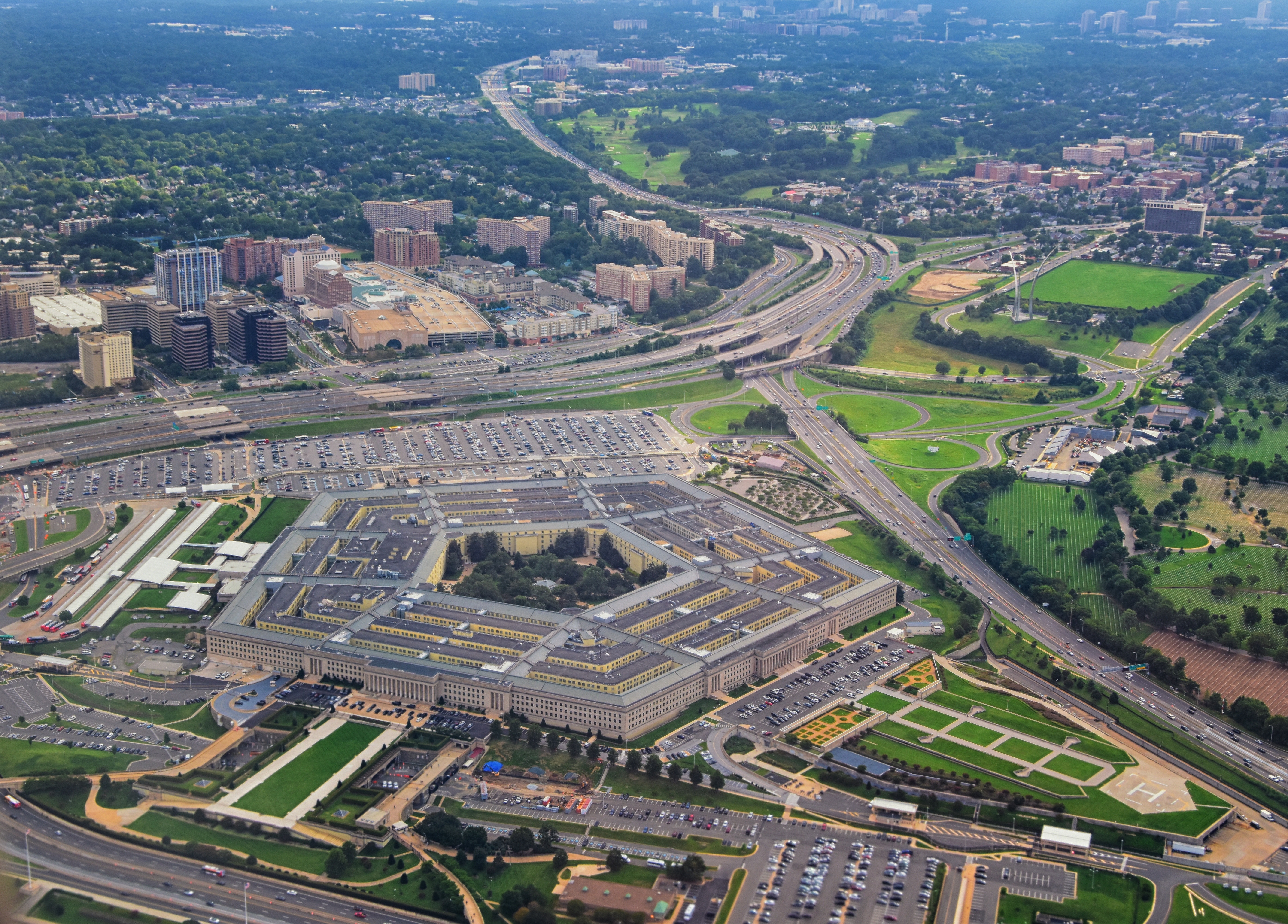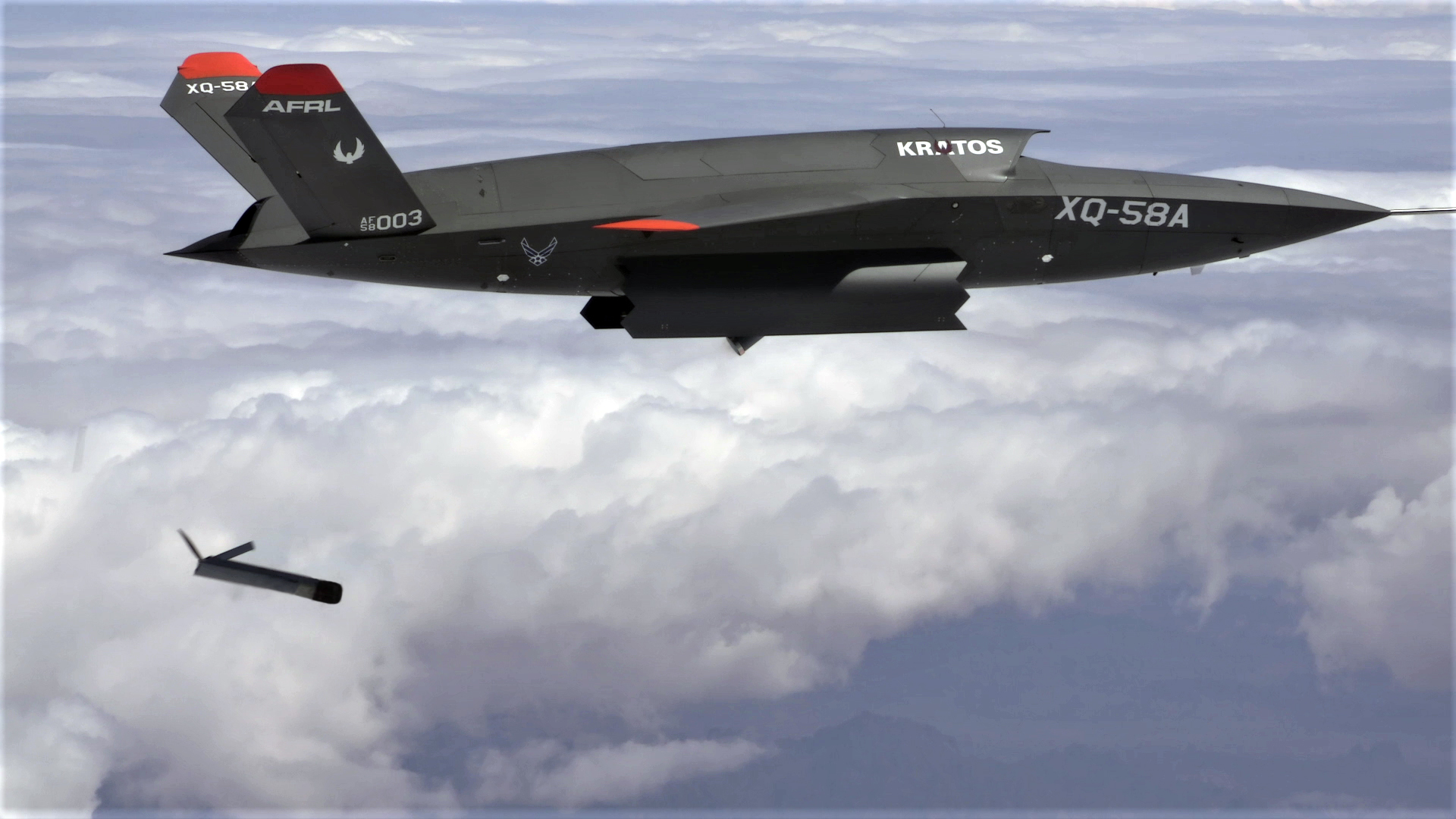AI in the Skies: Air Force's Plans for $6 Billion Drone Force
September 26, 2023The U.S. Air Force, in a bid to counter China's increasing military might, recently announced its plans to invest nearly $6 billion to construct a fleet of 2,000 AI-powered drones over the next five to ten years. The drones, estimated to cost $3 million each, will serve alongside human pilots, taking on various roles including surveillance, resupply, combat, and more. Partnering with private companies, the Air Force is aiming to develop the necessary software and hardware components for these autonomous aircraft.
As part of the "Replicator Initiative,” the Pentagon is expected to roll out thousands of small, affordable, autonomous drones in the coming two years. This initiative seeks to amplify the U.S. military's strength by embracing advanced technology, targeting to outnumber and outmaneuver China's vast military assets.
Combatting China’s Military Strength
The Replicator Initiative represents a paradigm shift in modern warfare and military strategy. While China focuses on expanding its military with conventional resources, the U.S. is aiming to redefine its strength, balancing sheer numbers with innovation and cutting-edge technology. According to top military officials, the project’s conception and urgency are “all about China.”
China's People’s Liberation Army boasts the world's largest navy, a vast ground force, and an impressive fleet of over 2,000 combat aircraft. To counteract this, the Pentagon hopes its XQ-58A Valkyrie drones will create a force that is unpredictable and hard to target. They’re also leveraging their autonomous nature to put fewer human lives at risk.
The Future of Air Combat
The Air Force’s interest in the drone reflects the broader vision for these AI-driven aircraft. Collaborating with private industry partners, they've been developing the uncrewed XQ-58A Valkyrie for several years. It is designed to work as a stealthy escort, supporting state-of-the-art fighter jets like the F-22 and F-35. These drones are envisioned to be adaptable, with mission-specific configurations supporting surveillance, resupply, or combat.
However, since the announcement of this plan, the Air Force has repeatedly underscored the critical fact that the introduction of AI in warfare doesn't bring with it the removal of human judgment. Impactful decisions like firing missiles or dropping bombs will still require human approval.
Out-Think, Out-Strategize, Out-Maneuver
Ingenuity and innovation have always been the backbone of the U.S. military's strategies. While the U.S. may match its adversaries in sheer numbers, its primary strength lies in its ability to out-think, out-strategize, and out-maneuver them. As the U.S. charts its course in this new era of AI-driven warfare, the Replicator Initiative and its drone force showcases a promising blend of technology and strategy, shaping the future of global military landscapes.
Learn to Command Drones at Capitol Tech
Capitol Technology University’s degree programs in Unmanned Systems and Engineering Technologies can prepare you to lead in these new military efforts and pilot drones for military or other purposes. Capitol Tech is a military-friendly university, and can help prepare you for service roles or assist you with transitioning back to civilian life. For more information, visit the Capitol website or contact our Admissions team at admissions@captechu.edu.




